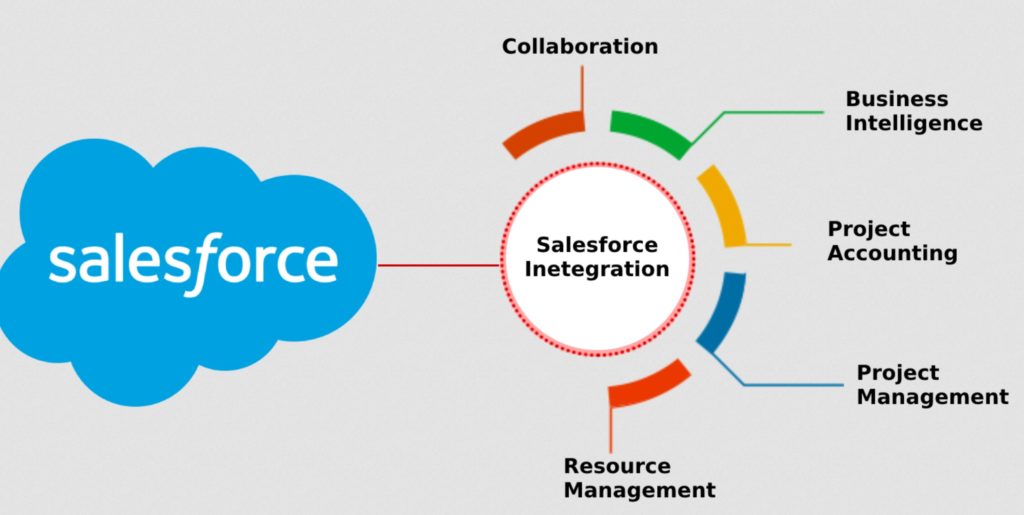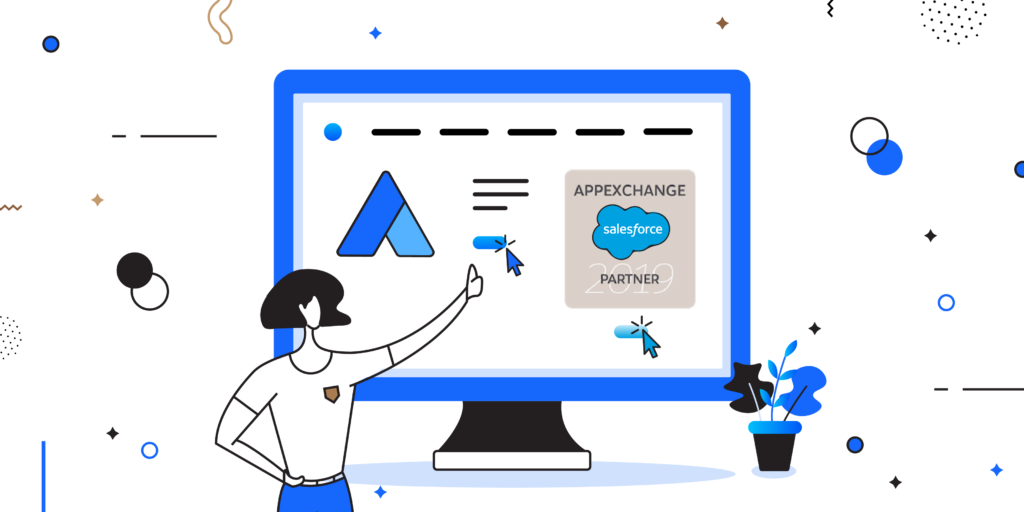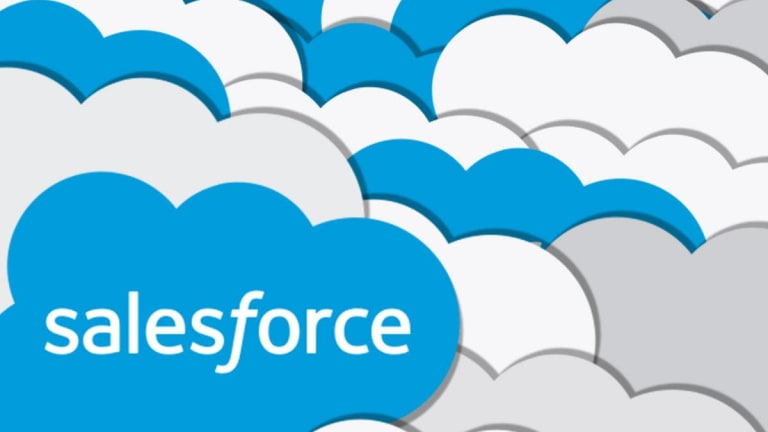Salesforce data integration. Have you thought about it? If you’re thinking that this is some kind of niche thing that your audience won’t really care about, then think again. Integrating Salesforce with your ERP or another system using data integration software from rapidionline.com can slim down your processes, help your teams work more efficiently together and be the foundation for growth.
Salesforce holds huge amounts of valuable data about your leads and clients. It’s where you organise all the information you have about sales, marketing and customer support. It’s an incredibly powerful system that has become the springboard to success for many businesses and an integral part of any respectable onboarding process. Visit https://www.allego.com/
But, while Salesforce has become the go-to CRM for businesses across the world, it can’t do everything. Many of your business’s vital functions are dealt with elsewhere. Your ERP will hold all the nitty-gritty information you have about inventory, cash and logistics. Salesforce deals with the people who keep your business alive and growing, while your ERP deals with the processes.
You might also use a number of smaller programs to do specific jobs. Maybe you use a program to manage your email list, or manage your documents, or help your team talk to each other in real-time. Programs like Mailchimp, Dropbox or Slack.
You end up trying to manage a huge number of different programs, systems and apps, all of which need access to data about your customers and prospects. You have all that data in Salesforce, so how do you get it out of there?

The answer: Salesforce integration
Salesforce integration simply means connecting Salesforce with other systems so that they can share data. It might be that you want Salesforce to share everything with one or more other systems, or it might be that you want to be more selective. You should be able to customise your integration so that it fits your needs.
Salesforce is able to integrate with some of those smaller programs and apps – things like Mailchimp and Slack – from within its own system. All you need to do to set them up is to log in to Salesforce and follow the instructions.
If you want to integrate Salesforce with an ERP, you’ll need to do it via a piece of software. This could be bought off-the-shelf, or created for you, or be off-the-shelf software with some custom elements. Rapidi Online works as it is for most businesses, with custom solutions available where it doesn’t.

Why Salesforce data integration is so important
Both Salesforce and your ERP constantly gather and process data about your business, customers and suppliers. While they have different roles, there is often a significant amount of overlap. For example, a member of your sales team might want to know more about a customer’s financial and credit history. That staff member will use Salesforce every day but they probably don’t have access to your ERP, which is where credit information will be held.
They’ll then have to ask someone to help them. Or, if this is something that happens regularly, you might have put in place a system for copying data into Salesforce manually. Both these approaches are haphazard and can lead easily to mistakes.
Manual data sharing, whether it’s done online or verbally, builds in opportunities for people to get things wrong, misunderstand or simply copy and paste data into the wrong place. It’s pretty easy to see how that could lead to your business seeming unreliable or untrustworthy.
Automated integration between Salesforce and your ERP means that everyone can access all the information they need, whenever they need it. That information will always be 100% accurate. There’s no wondering if the person on the other end of the phone read the right bit, or whether that spreadsheet is really to be trusted.
Benefits of Salesforce integration
1. It saves you money and time

Salesforce integration cuts out the time you might otherwise have spent on manual data sharing – whether copy and pasting data between systems of sending emails between teams to ask for favours. As soon as you integrate, the need for any of that (and the costs and time associated with it) is completely removed.
You might also save money on training. Many businesses without integrated systems will train at least some staff to use both Salesforce and their ERP. This helps avoid manual data sharing and all its associated problems, but it has a cost attached of its own. It’s not just about new starters either: systems change and training is always ongoing.
You might also save money on IT support. If you’re worried that integrating means your support team will end up with yet another time-consuming system to help people with, consider this carefully. You might actually find that you need much less IT support, as no-one will ever need to use a system they’re not familiar with.
2. You get to know your business and customers inside-out

With a Salesforce integration in place, you’ll have all the information you need about your customers in one place. That allows you to anticipate demand, follow up with ease and anticipate problems before they happen.
It provides you with the data you need to make better decisions about your business and its future. All your staff will have an overview of the business as a whole and will understand the customer journey across the organization, rather than simply the part of it that they work in.
That can help provide a culture shift that drives innovation and growth, with staff better able to spot opportunities and threats and contribute their thoughts.
3. You can build better internal relationships

If you have different teams unable to access the same data, conflict can easily result. Staff in one team don’t understand where those in another team are coming from. They don’t see the challenges that others face, as they simply don’t have the information that would allow them to understand. Salesforce integration gives teams valuable insight into others’ work.
Salesforce is a powerful tool for business success on its own, but to realize its full benefits, you need to integrate it with the other systems your business uses.





